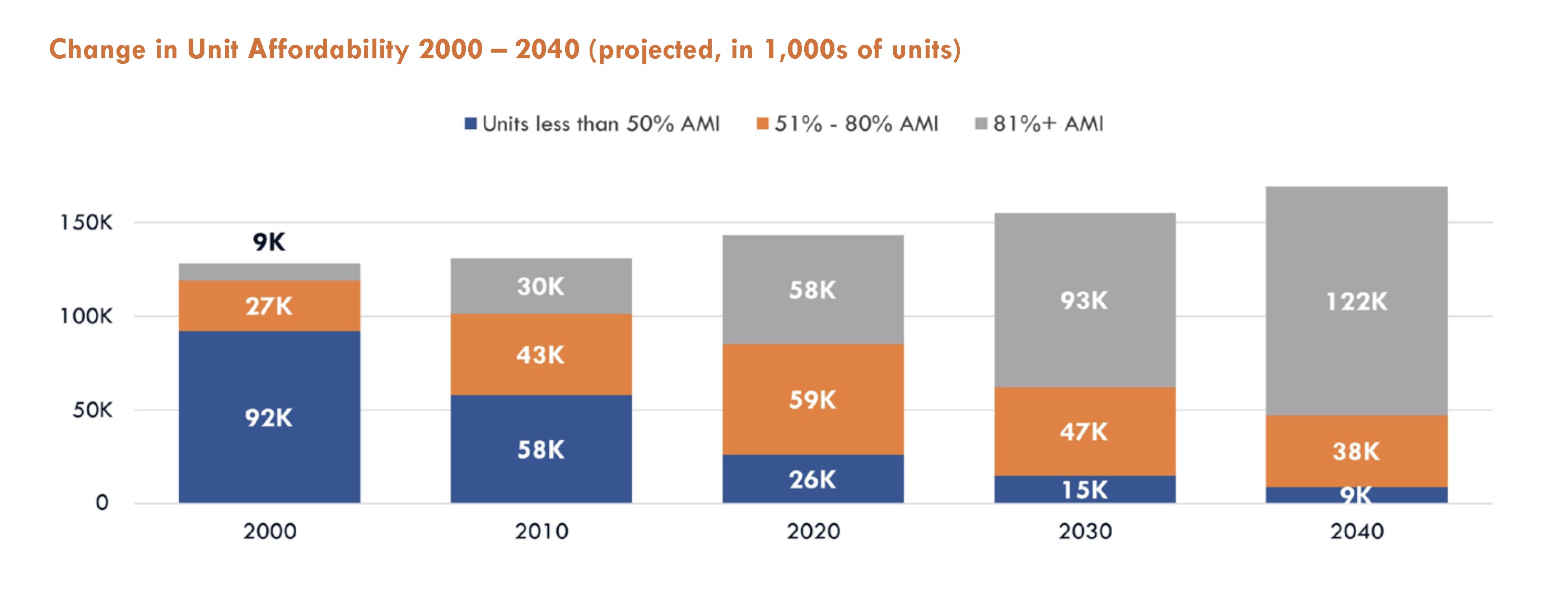It's Time for California to Set Clear Goals for Housing Affordability

This is an independent opinion. Want to respond? Write your own commentary! Email hoa@ivn.us.
Housing affordability is a political football that has recently emerged as a campaign issue. The pandemic-driven fallout on renters, owners and homeless is going to keep this issue hot. On top of that, housing prices just keep going up. For example, in San Diego home prices rose 6 percent over the last year, and despite the pandemic, Zillow projects they will fall by less than 1 percent within the next year. This begs the question, with all the politicized rhetoric and legislation in the state houses and at City Hall, will housing prices ever become affordable for most Californians?
The answer is likely “no.” This is because the underlying problem is that family incomes are insufficient to pay rising monthly housing costs, and the kinds of jobs and housing being created continue to make this gap wider. The National Low Income Housing Coalition estimates that there is a $13 wage gap between an average renter wage, and the wage needed to afford a 2-bedroom apartment in California. Fewer jobs pay the $24 an hour wage necessary to afford that rent, and projections of future high-paying jobs look bleaker. Meanwhile, developer incentives and tax breaks for Wall Street investors continue to treat housing as a speculative commodity.
The loss of naturally occurring (unsubsidized) affordable housing further exacerbates the problem. To illustrate, a study by the San Diego Housing Commission found that of the 140 thousand units in the private unrestricted rental stock in the city of San Diego, 64 percent are affordable to low-income households, a share that is expected to shrink to only 28 percent in the next two decades.

An unfortunate scapegoat stuck in the middle of this political quagmire is the American worker. For example, a construction laborer makes about $37,000 which is slightly below the median wage in the U.S. for occupations projected to have the most job growth. Inflation-adjusted wages of construction laborers within the residential construction industry have been constant through the last economic cycle. The same cannot be said of land values, developer profits, Wall Street fees and commissions, investor returns and contractor margins. Yet, it’s the workers that get blamed for the rising cost of housing.
When President John F. Kennedy proposed to Congress the goal of sending a human to the moon in 1961, he was asking for a commitment of public resources and political will: “I believe we have all the resources and all the talents necessary. But the facts of the matter are that we have never made the national decisions or marshalled the national resources required for such leadership. We have never specified long-range goals on an urgent time-schedule or managed our resources and our time so as to ensure their fulfillment.”
Our nation did not sit around and wait for the private market to someday produce profitable rocket-parts and fuel necessary for Apollo. Nor should California be solely reliant on private developers and Wall Street investors to build a housing model that works for millions of struggling families. We should be setting clear goals of affordability that harness the strengths of both the public and private sectors. A centralized Housing Development and Finance Agency must be responsible for building, funding and regulating housing. Its structure should be based on successful models of social housing in other countries (like Singapore), and its products must be broad-based in income eligibility, type and tenure.
Finally, housing must be an economic engine that aids in post-pandemic recovery by intentionally creating jobs with a higher standard of pay and benefits, similar to the New Deal era. At the minimum, workers that build housing should be able to afford it.
Henry Ford had observed that raising the minimum wage in his factories during the Great Depression led to cheaper methods of manufacturing and improvements in quality. More importantly, in the book Today and Tomorrow, Ford describes the market opportunity of treating workers as his customers, that is much relevant today to the homebuilding industry: “The plain fact is that the public which buys from you does not come from nowhere,” Ford wrote. “The owner, the employees, and the buying public are all one and the same, and unless an industry can so manage itself as to keep wages high and prices low, it destroys itself, for otherwise it limits the number of its customers. One’s own employees ought to be one’s own best customers.”



